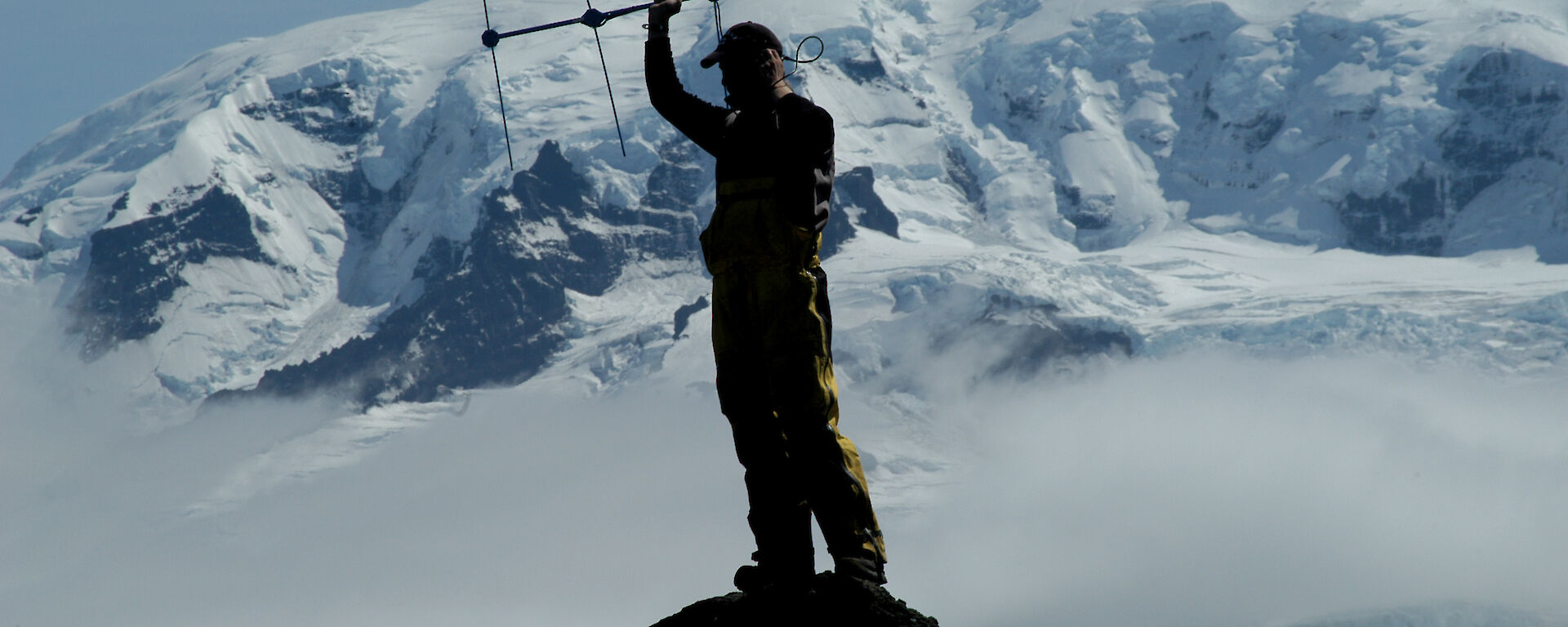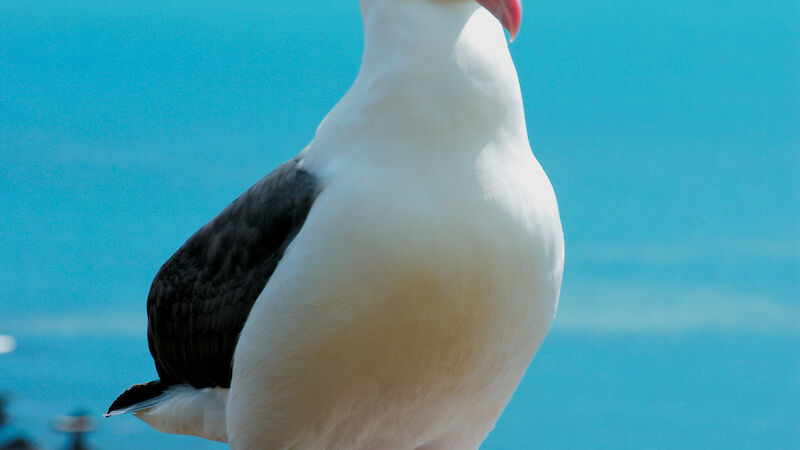Australia’s stewardship of the commercially important Patagonian toothfish and mackerel icefish fisheries in the waters around Heard Island and the McDonald Islands, is leading Australian Antarctic Division (AAD) scientists on an ambitious investigation of the dietary habits of penguins, seals and albatrosses living in the region.
AAD marine biologist, Dr Nick Gales, said that to manage these fisheries sustainably we need to understand the effects of harvesting on the target species, predators of those species, and on the prey and competitors of the target species.
“In the summer of 2003–04 we set out to gather information about the feeding habits of the key predators based on Heard Island. These are the animals that consume the most food from the surrounding waters — macaroni penguins, king penguins and Antarctic fur seals. We also studied black-browed and light-mantled sooty albatross to determine whether their foraging range overlaps with areas fished by longline vessels.”
The Heard Island Predator-Prey Investigation and Ecosystem Study, or HIPPIES, used a land-based team to place tailor-made, miniaturised, electronic tags, processors and loggers on more than 250 animals. These allowed the animals to be tracked via satellite and provided a picture of their foraging activity.
Specialised software developed by the AAD provided real-time access to this foraging data, allowing a second team aboard the marine research vessel, Aurora Australis, to take biological samples and measure physical characteristics of the feeding areas, shortly after the seals and penguins had visited.
Faecal samples were collected when the animals returned to the island to provide a comprehensive dietary picture, and will be analysed using a new genetic technique developed by AAD scientists.
This information will be used to help direct fishing activities in the region, to ensure that the local fishers — the birds and seals — are not given a raw deal.
“The different components of this complex, dynamic food web are being assembled into a model that will help us determine what level of fishing in this region can be conducted, while ensuring that dependant predators are not affected,” Dr Gales said.



